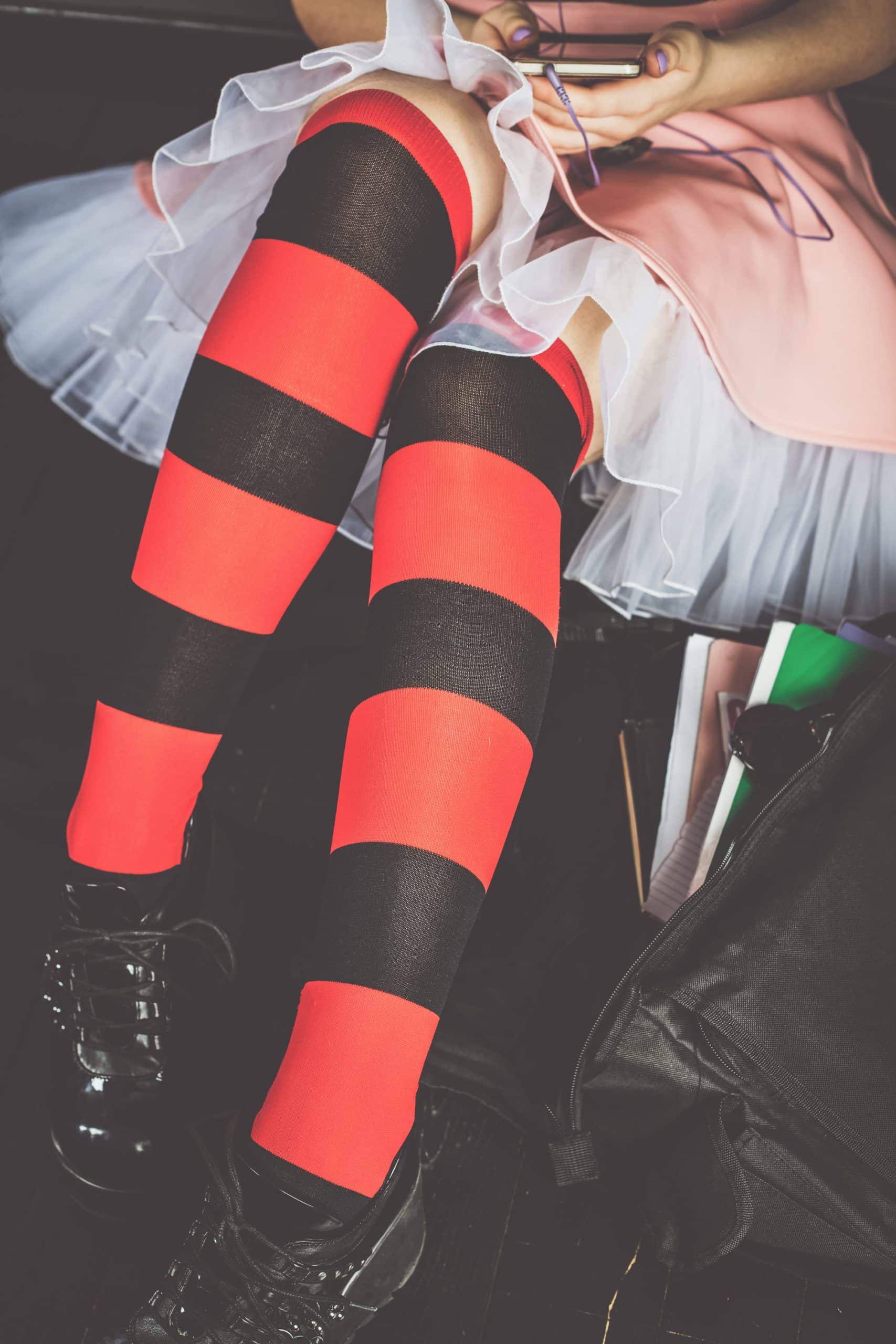What Are the Best Sustainable Leather Alternatives for Work Shoes and Bags?

As advocates of both sustainable fashion and compassionate choices, many of you are increasingly seeking alternatives to traditional animal-based leather. This trend is driven by a growing awareness of the environmental impact of leather production, coupled with a desire to reduce cruelty to animals. You may also be drawn to the innovation and creativity that comes with exploring new materials.
Your search for a material that matches the luxury and durability of traditional leather, while aligning with your ethical and environmental values, can be a challenge. This article helps you navigate this terrain, introducing you to some of the most promising and high-performing leather alternatives currently on the market.
Dans le meme genre : Discover unique steampunk clothes, watches, decors and accessories
Cactus Leather: A Thorn-Free Choice
In your quest to replace traditional leather with a more sustainable option, you might not have considered cactus. Yes, the humble, hardy plant native to arid regions is now being transformed into a luxury material by innovative brands.
Cactus leather, as it’s known, is a vegan and sustainable alternative to animal leather, made from mature leaves of the prickly pear cactus. This novel material is attracting attention for its environmental credentials. The production process uses minimal water and energy, and the plants are cultivated without the need for harmful pesticides or herbicides. The result is a product that’s not only kind to the environment but also incredibly durable and stylish.
Dans le meme genre : How to Style an Embroidered Cardigan for a Touch of Whimsy in Your Workday?
Cactus leather is already being used by brands such as Desserto to create stunning work shoes and bags. Its resemblance to traditional leather, coupled with its impressive environmental impact, makes it a top contender in the sustainable leather alternatives market.
Recycled Leather: Giving Waste a Second Life
In the context of sustainable fashion, the term ‘recycled’ exudes a certain appeal. It signifies that waste has been repurposed and given a new lease on life, preventing it from ending up in a landfill. Recycled leather offers precisely this benefit.
Recycled leather involves re-engineering leather waste into a new material that retains the look and feel of traditional leather. This process reduces the demand for new leather production, thereby minimizing environmental harm and promoting resource efficiency.
Brands such as Eileen Fisher and Elvis & Kresse are leading the way in using recycled leather to create chic work shoes and bags. Their products prove that fashion and sustainability can go hand in hand, offering you a guilt-free way to enjoy the luxury of leather.
Plant-Based Leather: From Food to Fashion
Plant-based alternatives have revolutionized the food industry, and now they’re making their mark in the world of fashion too. Various plant fibers, including pineapple, mushroom, and apple, are being used to create vegan, sustainable alternatives to animal leather.
Piñatex, for instance, is made from the fibers of pineapple leaves, which are often discarded as agricultural waste. Similarly, Muskin is a type of leather derived from mushroom caps, and apple leather is made from apple industry waste. Each of these materials provides a unique texture and aesthetic, offering exciting possibilities for fashion design.
Notably, these plant-based leathers are biodegradable or compostable, reducing their environmental footprint at the end of their lifecycle. Brands like Hugo Boss and Veggani are making good use of these materials, demonstrating that plant-based leathers can be as fashionable as they are sustainable.
Lab-Grown Leather: Science Meets Fashion
In the age of technological innovation, it should come as no surprise that science is finding its way into your wardrobes. Lab-grown leather, also known as biofabricated leather, is a cutting-edge material that’s animal-friendly, sustainable, and high-performing.
Biofabricated leather is produced using cells, DNA manipulation, and 3D printing. While this may sound like a plot from a science fiction movie, the reality is quite attractive. The process requires less water and energy than traditional leather production, and it doesn’t involve raising and slaughtering animals.
Fashion-forward brands such as Modern Meadow are pioneering this technology to produce shoes and bags that are not only chic but also mindful of animal welfare and our planet’s health. For those of you who appreciate a blend of science and style, lab-grown leather could be the perfect fit.
Conclusion
In the realm of sustainable and vegan fashion, innovation is the name of the game. From cactus to lab-grown leather, the alternatives to traditional animal-based leather are as diverse as they are exciting. As you seek out sustainable work shoes and bags, keep these materials in mind. They offer the luxury, durability, and style of leather, but with a significantly reduced environmental impact and improved animal welfare. Ultimately, choosing these materials is not just a fashion statement, but a declaration of your values and commitment to creating a better world.
Mushroom Leather: Nature’s Own Design
Taking a step closer to nature, mushroom leather or mycelium leather has come forward as a cutting-edge, eco-friendly alternative to animal leather. This fungal marvel is not only sustainable and compostable but also cruelty-free.
What sets mushroom leather apart is its production process. Unlike synthetic leathers, mycelium leather is grown in a lab from fungi spores, without the need for any toxic chemicals. Moreover, it does not require land or resource-intensive farming, and it’s biodegradable, which significantly reduces its life cycle environmental impact.
The texture and aesthetics of mushroom leather are quite appealing, making it a popular choice for manufacturers of vegan shoes and bags. Its natural, earthy look coupled with its durability and flexibility makes it quite comparable to real animal leather. Moreover, its production process can be customized to achieve varying thickness and flexibility, making it an adaptable material for the fashion industry.
Renowned fashion house Stella McCartney has already introduced mushroom leather in its product line, receiving high brand ratings for its innovative, eco-friendly approach. Similarly, the vegan store "MycoWorks" has made significant strides in popularizing this material.
The Future of Vegan Leather: Sustainability and Innovation
The evolution of vegan leather in the fashion industry has been nothing short of revolutionary. The journey from petroleum-based synthetic alternatives to plant-based and lab-grown materials reflects a growing awareness of our environmental impact and a commitment to cruelty-free choices.
As the demand for ethical, sustainable fashion grows, so does the need for high-quality, durable leather alternatives. The new generation materials like cactus leather, recycled leather, plant-based leather, mushroom leather, and lab-grown leather not only meet this need but also open up new avenues for creative fashion design. Brands like Stella McCartney, Good Guys, and Desserto are setting examples by integrating these materials into their product lines, receiving high brand ratings for their innovative efforts.
While vegan leather is making waves in the fashion industry, it’s important to remember that not all vegan leathers are created equal. Some may still have a considerable environmental impact during their life cycle, especially if they’re petroleum-based. Thus, consumers should make informed decisions, considering factors like the production process, materials used, and end-of-life disposal.
Conclusion
As we stride forward in our pursuit of sustainable fashion, the alternatives to traditional animal leather continue to evolve and impress. Whether it’s the resilient cactus leather, the resourceful recycled leather, the plant-based leathers, the intriguing mushroom leather, or the futuristic lab-grown leather, each material brings its unique charm to the world of vegan shoes and bags.
These materials not only align with ethical and environmental values but also challenge the status quo, pushing the boundaries of what’s possible in the fashion industry. They prove that sustainability and style can coexist, and that our choices can make a difference.
As more and more brands embrace these alternatives, the future of leather seems to be steering away from animal cruelty, towards a more compassionate, sustainable world. This transition is a testament to our collective commitment to planet and animal welfare, and to the power of innovation and creativity. With these new materials, we’re not just wearing fashion; we’re wearing our values.
